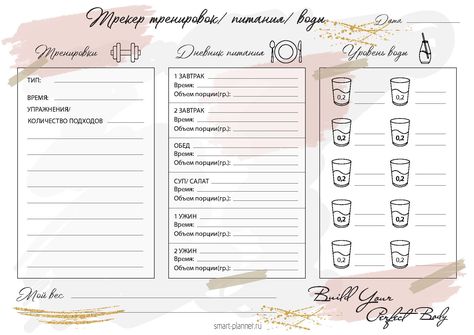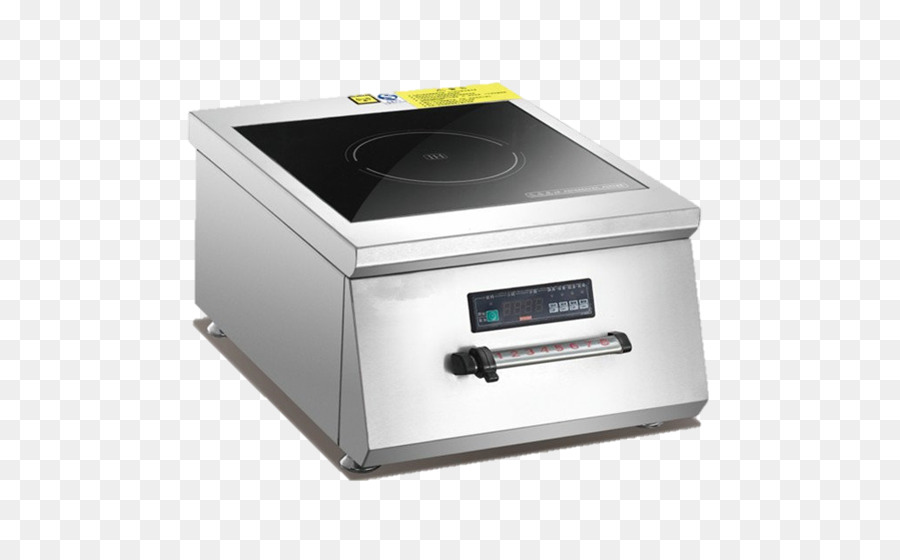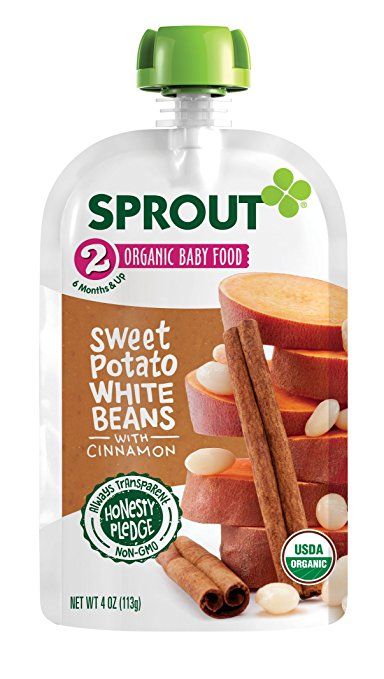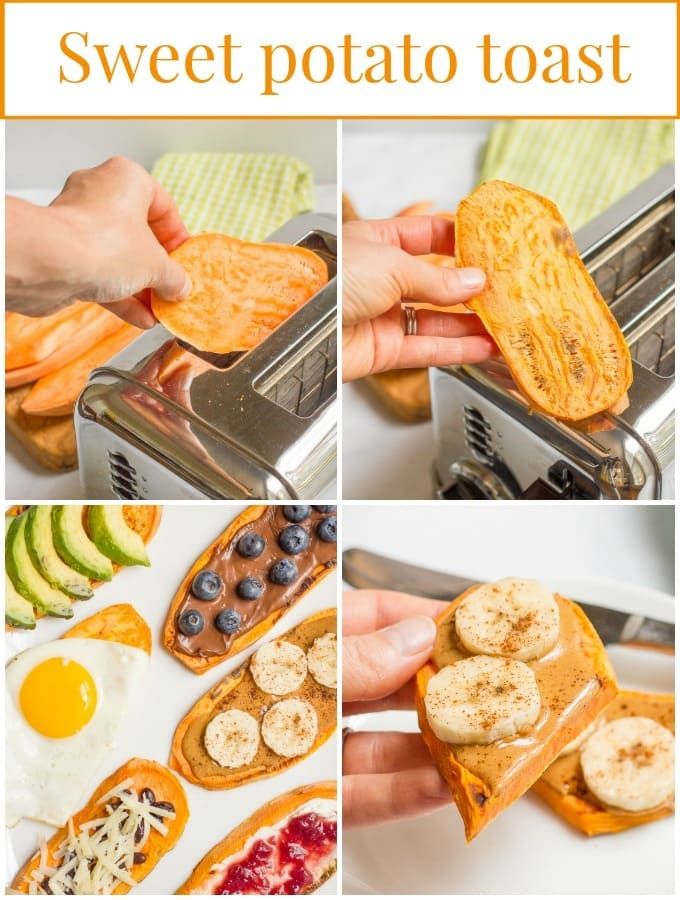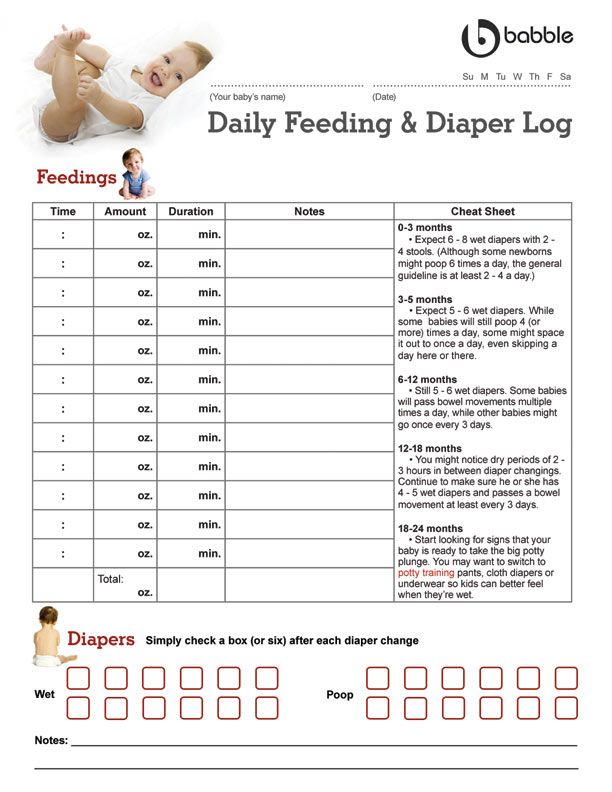How to cook baby food while travelling
Practical Tips for Managing Baby Food While Traveling
Your baby is ready to start eating solid foods and you have a trip planned. While preparing for your trip you might be wondering what the best way to manage baby food when traveling abroad is.
The easiest way to feed baby solids on your holiday is by following the principles of baby led weaning. Even if this isn’t the route your family has chosen for introducing solids to your baby, with the right equipment and a little preparation, feeding your baby solids on the go is still quite manageable while traveling.
This post contains compensated links.
When to Introduce Solids to Your Baby
The most common age to introduce solids to a baby is around 6 months. Some babies might be ready or interested in food earlier or later than this, but this is a pretty typical age to start.
Breastfeeding or formula will still be the main source of food for your baby even once you start solids. It remains an important part of your baby’s diet right through to 12 months old (and further, if you choose to breastfeed for longer).
When traveling with a baby eating solids, you’ll want to ensure your baby is staying hydrated and continue to offer formula and breast milk on demand.
Also be prepared to see less as your baby is learning to eat solid foods. When you are feeding your baby solids on the go, you’ll be giving your baby food a couple times of day, so it will take up a larger portion of your sightseeing time.
How to Plan Travel Food for Babies
Planning baby food when traveling abroad will really depend on how you choose to introduce solids to your baby. For some, baby led weaning is the right choice and this means far less preparation. You can feed your baby finger foods right off your plate.
This works especially well for travel food for toddlers who are used to eating different foods.
For babies who are brand new to eating solids and just figuring out how to eat, it will take a little more preparation. When you start your baby on solids, you often will introduce one food at a time to rule out any allergies.
If you are still in this stage, you can plan to stick to those foods or cereals that your baby is already eating. You can easily prepare warm cereal using one of these baby travel food warmers.
If you aren’t doing baby led weaning, have a list of the foods your baby eats at home. For easy solid foods like bananas, avocados and bread, you can easily purchase those at your destination. For other traveling food for baby, like cereals or ready-made pouches, you can pack those in your luggage or your diaper bag backpack.
While you might want to prepare all homemade baby food for your baby, keep in mind that ready-made food is easier to travel with than homemade food and it will last longer.
If your baby isn’t quite into eating finger foods, you can keep making baby food while traveling by traveling with a hand crank food mill to grind up food for your baby.
This baby food timeline is a great reference of what your baby can eat at different ages.
6 Baby Travel Food Ideas
In our experience, our babies ate less solids when we were traveling. Perhaps due to the unfamiliar environment, the change in routine or less familiar foods. We still offered solid foods at each meal, but let our baby choose how much to eat.
Perhaps due to the unfamiliar environment, the change in routine or less familiar foods. We still offered solid foods at each meal, but let our baby choose how much to eat.
You might also find that your baby is drinking breast milk more or drinking more formula. This is a great way to ensure your baby stays hydrated while traveling.
As for creating travel baby food, here are some of our favorite foods to feed baby while traveling:
- Without question, some of our favorite baby travel food are easy to mash foods that don’t require cooking like bananas, mangoes, avocado, berries.
- Renting an Airbnb with a baby is a great way to get access to a kitchen. If you have access to a kitchen, you can cook soft vegetables (peas, carrots, sweet potatoes).
- Depending on your access to other foods, other great options for cooking baby food while traveling are scrambled eggs, tiny bits of chicken, shredded cheese, cooked pasta, toast strips.

- For traveling with a baby that is very new to eating solids, you can bring single-grain cereals usually fortified with iron and mix it with formula, breast milk or water. We find mashing up a banana in these cereals is a fun and yummy baby food while traveling.
- If your baby is eating dairy, Greek yogurt is also another easy, nutritious and filling option for baby food while traveling.
- You’ll also want to have a plan for picky toddlers. We love these toddler breakfast ideas; the ‘no recipe’ ideas are perfect for traveling with a picky toddler.
In addition to having ideas for good baby food while traveling, do some research into your destination to determine if baby food is easily accessible. By way of example, this post on finding baby food in Japan discusses where to find baby food in a foreign country. If there’s any doubt, you can pack ready-made pouches as a back-up option to feed your baby while traveling.
For shorter trips or road trips with a baby, you can travel with homemade baby food by packing a cooler with frozen purees to feed your baby on your trip.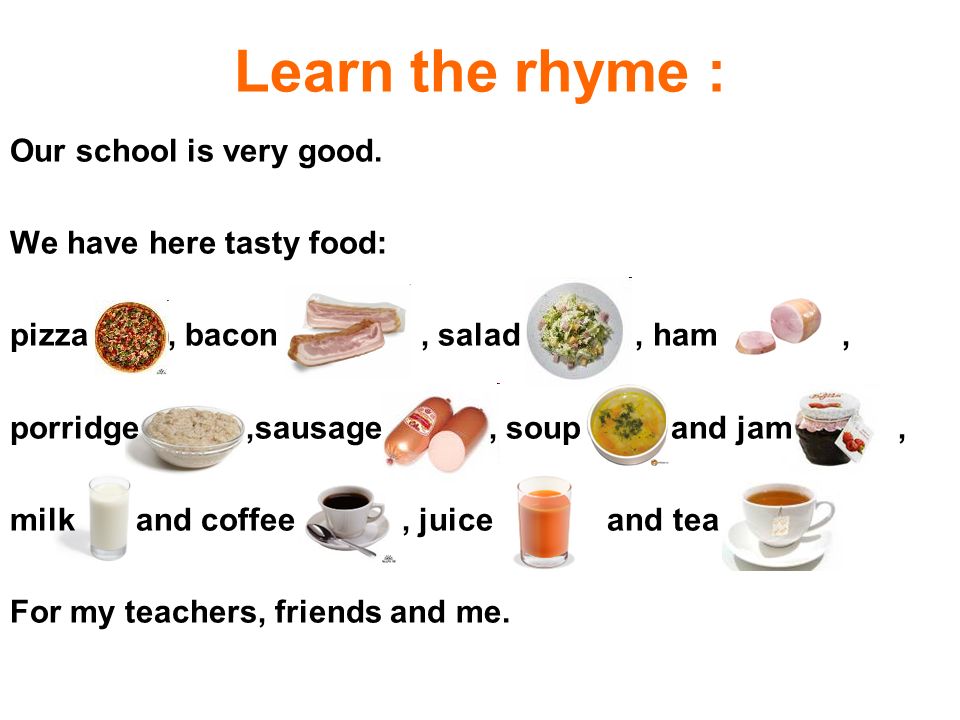
13 Tips for Feeding Baby Solids While Traveling
Travel with baby food and the preparation of travel food for babies can feel overwhelming. It might not seem like it’s worth traveling with a baby at this stage of your baby’s development.
However, if you go into with the right expectations and a little preparation, we are certain you will find traveling with a baby eating solids to be just as enjoyable as any other time.
Here are our best tips for feeding your baby solids on vacation:
1. Bring a Travel High Chair
Be prepared with one of these best portable travel high chairs. Even if you are traveling in a country where high chairs are readily available, a travel high chair will be a life saver for feeding your baby in the hotel room or Airbnb apartment.
2. Prepare for the Mess
You’ll be astounded at how messy babies can be when eating solid foods. Most of the food will have one destination and that will be the floor. In a hotel room, you can put towels or a sheet around where your baby is eating.
We traveled with a plastic table cloth many times and enjoyed how quick and easy clean ups were. It was also useful travel gear for feeding our baby or toddler in a park while out.
When you eat at restaurants with a baby, don’t forget to tip your server a little extra for the inevitable mess you are going to leave behind.
3. Bring Baby Food Equipment
Bring any baby food preparation equipment that will make preparing baby food while traveling easier. Or for older babies, get them used to eating finger foods that you can serve off your plate. We also packed a reusable placemat that allowed us to put the finger foods down directly in front of our baby or toddler.
4. Bring Baby Food Containers for Travel
Bring along snack cups for travel or freezer bags so you aren’t constantly trying to find new food to feed your baby.
5. Know Baby Foods That Work
Prepare a list of baby travel foods that you know your baby will love and eat while you travel.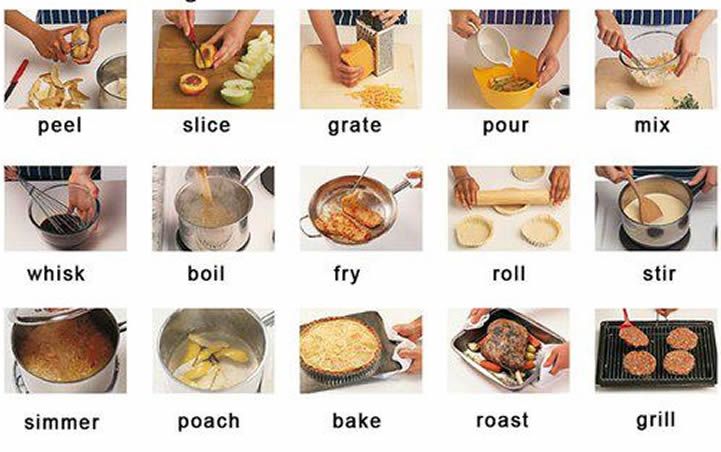
6. Manage Without a Kitchen
If you don’t have access to a kitchen, going to a buffet restaurant or deli-style counters are a great way to get some steamed vegetables that you can mash for your baby. Another idea to easily get healthy vegetables for your aby while traveling is to order steamed vegetables as a side dish in a restaurant, then mash them up and feed to your baby.
7. Start New Baby Foods at Home
To expand the list of baby foods you can use while traveling, it’s best to try new baby foods at home. Be sure to space the new foods a few days apart so you can rule out any allergies.
8. Bring Baby Food to the Restaurant
If you are unsure of what food your baby will eat at the restaurant, don’t be afraid to bring your own baby food to restaurants.
9. Keep Your Baby Hydrated
Most importantly, while traveling keep your baby hydrated by offering breast milk or formula. Even if your baby is eating less solid food than at home, you’ll know your baby is still getting the important nutrients they need.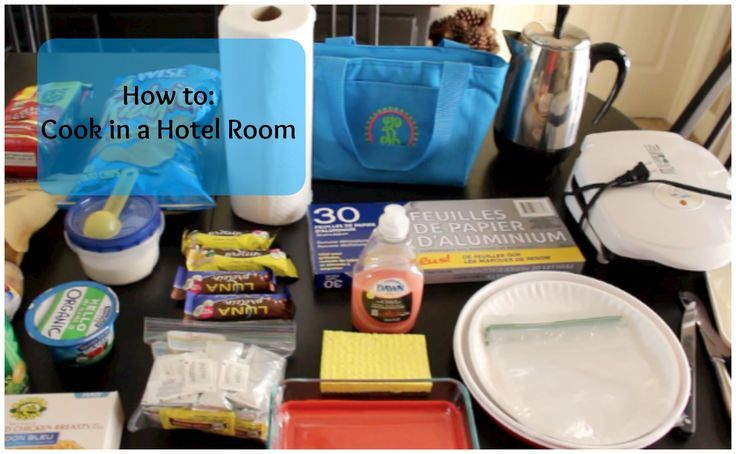
10. Follow Baby Food Safety
Make sure you have access to a fridge for any leftover baby food. Feed your baby out of a separate container to avoid any germs contaminating your leftovers. Bring a small cooler if you plan to bring food out with you for the day.
11. Feed Solids on the Go with a Stroller
Once your baby or toddler has been eating solids for some time, you can save some time baby feeding solids on the go if you travel with a stroller. We would feed very small pieces of fruit using the stroller snack tray while we walked. Don’t worry, if your stroller doesn’t have a snack tray, you can find these stroller accessories to add to your stroller.
Take extra precautions to watch your toddler to make sure she isn’t putting too much in her mouth and avoid any foods that may be at risk of choking. Baby food pouches are a great option in this instance.
12. Keep it Simple Feeding Baby on Flights
For flying with baby food, we recommend keeping it simple. Pack some premade baby food for on the plane and don’t forget some snacks for your baby or toddler.
Pack some premade baby food for on the plane and don’t forget some snacks for your baby or toddler.
You’ll also want to breastfeed or have bottles ready to help with your baby’s ears when flying with a baby.
See also: Breastfeeding on a Plane
13. Buy Fresh Produce Upon Arrival
Countries typically have pretty strict rules about bringing food (especially produce) across international borders. You’ll have the easiest time by traveling with prepackaged food and make sure to declare it. If you are worried, then make sure to finish all your baby food on the plane.
What to Pack for Travel with a Baby Eating Solids
Wondering what to pack for preparing baby travel food? Here are our recommended products for feeding your baby solids on vacation. We’ve included travel baby food containers, baby food preparation equipment and even some ready made food and snacks to pack.
SHOP ALL DIRECTLY ON AMAZON
Find all these and more in our convenient Feeding Baby Solids on Holiday shopping list on Amazon.
Frequently Asked Questions about Travel Food for Babies
How to prepare baby food while traveling?
If you have access to a kitchen, you can cook fresh steamed vegetables or fruits to mash up for your baby. Without a kitchen, cereals or foods that don’t require cooking will be easier to prepare for your baby.
How do you travel with baby puree?
The easiest way to travel with baby puree is by using ready-made puree in jars or pouches. Alternatively, you can travel with your own homemade baby puree. Keep your homemade baby food cool by bringing it in a cooler with a gel or ice packs.
What can I feed my 1 year old when traveling?
Finger foods are the easiest to feed a 1 year old when traveling. Get your toddler used to eating finger foods off your plate. We like using a reusable place mat to offer food to our toddler when traveling.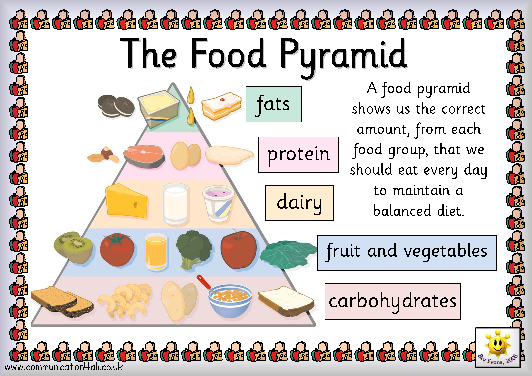
Can you take puree baby food on a plane?
Yes, you can bring baby food on a plane, including puree baby food. Whether it’s ready-made pouches or homemade food, just be prepared to present it to the security officer when going through airport security with your baby.
How much baby food can I carry on a plane?
If you are flying with a baby or toddler who is under two years of age, you can bring baby food, formula, milk, water and juice in reasonable quantities that you would need during the flight. Unfortunately, the “reasonable quantities” isn’t further defined, but it is exempt from the 3.4 oz or 100 milliliter restriction.
Additionally, you may bring gel or ice packs to keep your baby food cool on your flight.
Here’s more info on taking baby food on the plane:
Baby Food & Airport Security – Canada
TSA & Baby Food
Can you take water on a plane for baby?
You can take water on a plane for baby, in reasonable amounts that you would need during your flights with your baby.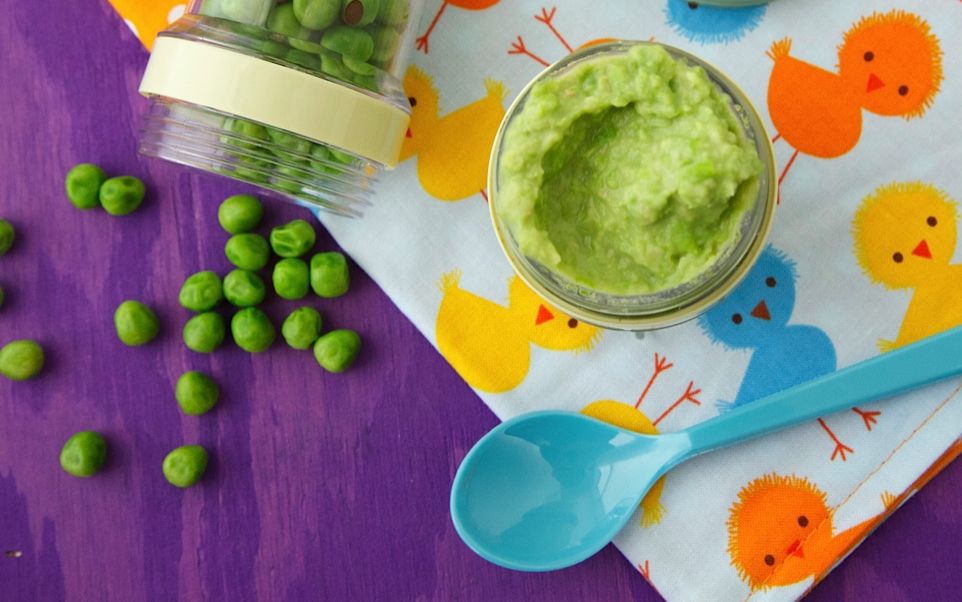 Make sure you present it to the screening officer at inspection.
Make sure you present it to the screening officer at inspection.
Can you pack baby food in checked luggage?
Yes, you can pack baby food in your checked luggage. Prepackaged baby food is the easiest to travel with, just make sure it’s well protected in your luggage and you declare it as required at customs.
Can you take baby snacks through airport security?
Yes, you can take food for your baby through airport security. All baby food, drinks, water, milk and formula need to be presented to the security officer.
Here’s more info on taking solid baby food through airport security in Canada.
What’s the best way to handle baby food and airport security?
When going through TSA with baby food, always present all liquids and baby food to the screening officer. The TSA will want to inspect baby food pouches and any other food or liquids you are bringing on the plane for your baby.
Here’s more information on the TSA & Baby food.
Can you take baby food on international flights?
You can take baby food on international flights. For any fresh produce or other foods that you shouldn’t be crossing international borders with, make sure to finish it before you get off the plane.
Can you take baby food through customs?
You should declare ALL food that you are bringing through customs, as required by the country that you are entering. This includes any homemade or ready-made baby travel food in your carry-on or checked luggage.
Shop all our recommended products on Amazon
Worried about what you might feed your baby while away from home? This post from Top Reveal has an excellent list of 21 Best Easy as 1-2-3 DIY Baby Food Recipes. I especially like the Avocado and Banana Mix since this can easily be done with just a fork!
Pin It For Later!
Travel with Homemade Baby Food | Taking Homemade Baby Food on Vacation, to Play Dates, on Car Rides and Day Trips
Traveling with Homemade Baby Food is easier than you may think
Traveling with Homemade Baby Food is easier than you may think. At the same time, it does take some pre-planning and calculation. Depending on where you are going, how long you are staying and what types of “creature comforts” will be available, you may not have to rely on a single ounce of commercial baby food. Our tips below address camping, air travel, day trips and restaurant outings.
At the same time, it does take some pre-planning and calculation. Depending on where you are going, how long you are staying and what types of “creature comforts” will be available, you may not have to rely on a single ounce of commercial baby food. Our tips below address camping, air travel, day trips and restaurant outings.
A good hint that will help ease traveling with baby – with or without homemade baby food, is to try to serve some meals at room temperature. Serving meals at room temperature will allow your baby to become accustomed to food that is not “hot”. You never have to worry about a meal being rejected because it is not heated.
“Homemade” Baby Food to Go – The Traveling Trio
Many parents feel that if they make homemade baby food, then they will be restricted to staying home because it would be difficult to travel with homemade food. We become so accustomed to cooking, pureeing and storing that we often think of toting along containers of cubes.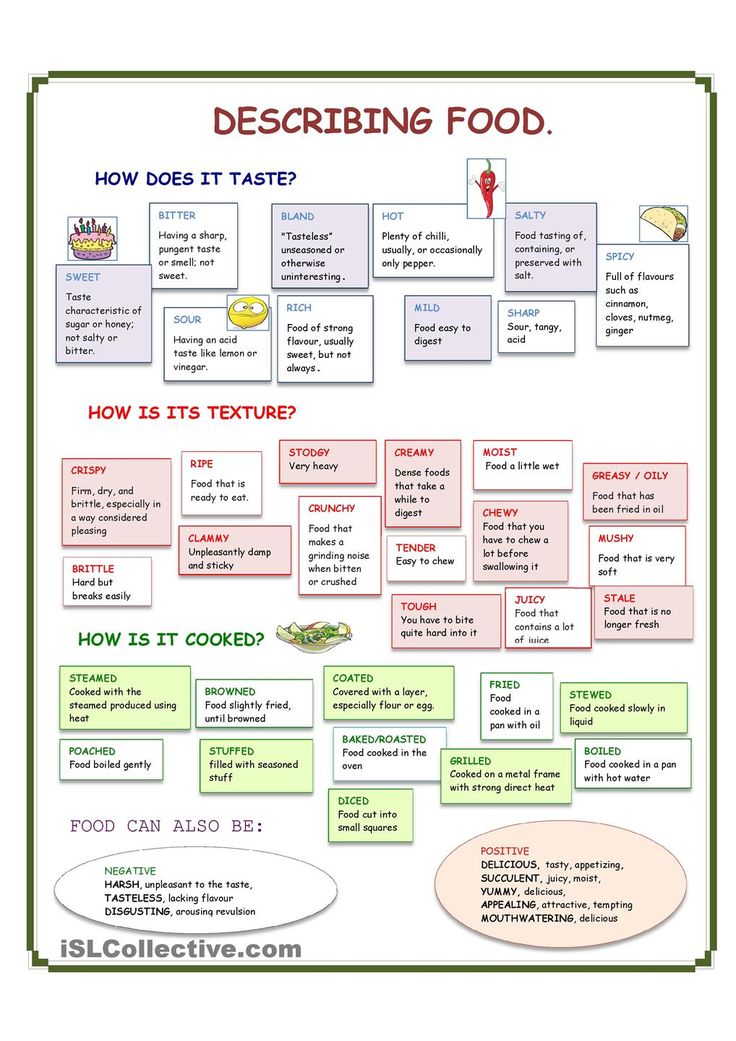 I find that the many parents don’t even think of the easiest method of taking homemade baby food to go – the banana, the container and the fork. Think of it as the traveling trio!
I find that the many parents don’t even think of the easiest method of taking homemade baby food to go – the banana, the container and the fork. Think of it as the traveling trio!
If you are going on a day trip, or on a plane, the traveling trio is probably all that you will need for your little one. So grab your small food tote and toss in a banana, a fork and a container with a lid. When it comes time to feed baby, peel the banana, mash it in the container with a fork and VIOLA, fresh baby food to go! You could also take along an avocado or even a prebaked sweet potato to mash up for baby’s meal.
** Taking fresh food through an airport security check point might be a bit difficult however most shops within the departures terminal will have bananas for sale.
Travel with Frozen Baby Food Cubes – Storage and Packing
For those of you who are adventurous enough to go camping with your wee one, take along a mini-cooler packed full of the frozen food cubes you will need. This will require you to plot out how many cubes of each particular food you will feed to your baby during the given time frame you will be away from home.
This will require you to plot out how many cubes of each particular food you will feed to your baby during the given time frame you will be away from home.
If you have been using the freezer bag storage method – simply take out each freezer bag of food cubes and arrange in the cooler with ice packs. As the cubes are already frozen, they should be able to withstand a journey of 6 hours with minimal thawing. You can also take your cubes to a hotel as many hotels provide mini-refrigerators. The food cubes should keep for approximately 5 days if stored in a refrigerator.
Baby Food Cubes do travel well and may be thawed/heated as you do at home if appliances are available OR may be thawed over a gas stove or camp fire via the submersion method. If using a camp stove or camp fire – warm a pot of water over the fire and place the number/types of food cubes needed into a container that will not melt and thaw the cubes. Be sure to keep a close watch on the cubes as they are thawing so as to avoid overheating.
Travel with Other Types of Foods for Feeding Baby – Storage and Packing
Cereals will also travel well and you may either take your ground grains and cook as needed or take cereal that has been frozen in ice trays and prepare as usual.
Fruits are a bit tricky when taking along on a vacation. Unless they are already pureed and frozen into cubes, be sure to purchase fruits that are “almost” ripe. If you take along fully ripened fruits, you may find they will rot or go bad before you are able to use them.
Vegetables will travel well and if you will be preparing them during your stay, we recommend peeling, and if possible, cutting/dicing prior to leaving your home. Store them in an airtight freezer bag and if possible, fill the bag with some water to help maintain freshness. This method works will if you will be going on a camping trip. Another option is to purchase fresh vegetables wherever you will be staying and prepare them as needed.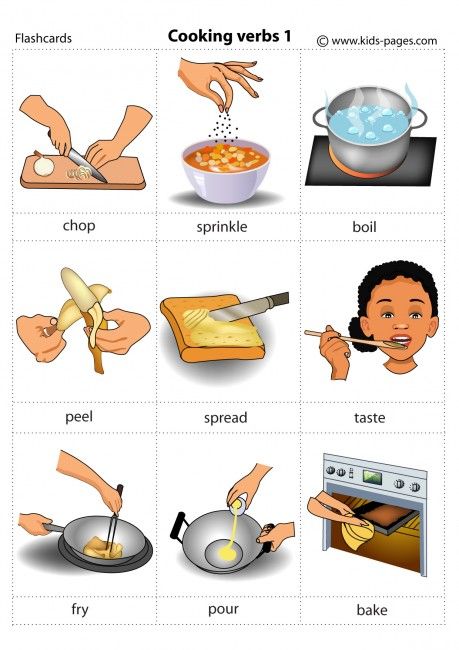
Dairy/Eggs should be of the dry powdered kind, especially if you will be camping and won’t have access to refrigeration. If you will have full refrigeration where you are going to be staying, purchase your needed dairy and eggs at your destination and point of stay.
Air Travel, Day Trips and Restaurant Outings:
Air Travel with Baby Formula, Breast Milk, Juice, and Other Liquids
“The TSA (Transportation Safety Administration) has outlined the following regulations when traveling with infant related items:
Medications, baby formula and food, breast milk, and juice are allowed in reasonable quantities exceeding three ounces and are not required to be in the zip-top bag. Declare these items for inspection at the checkpoint.
All items including formula, breast milk, and juice will be inspected, however, you or your baby or toddler will not be asked to test or taste breast milk, formula, or juice. Our Security Officers may test liquid exemptions (exempt items more than 3 ounces) for explosives. Click here to learn more about TSA restrictions.”
Our Security Officers may test liquid exemptions (exempt items more than 3 ounces) for explosives. Click here to learn more about TSA restrictions.”
You may also pack your baby food cubes in a container with ice and check the container in at the airport. Please be sure that you let the ticket-agent know that your container has ice and baby food cubes in it. Ensure that the container may be easily opened and inspected if needed.
We do not recommend taking frozen baby food cubes with you when traveling outside of the United States to a foreign country. Many foreign countries have restrictions on bringing food items such as fruits and vegetables into their countries.
Travel with Homemade Baby Food – Most Recommended Tools You May Need
Manual Food Grinder will allow you to grind as you go. This is great for when you will be eating out in restaurants as well. You will be able to order fruits and veggies and grind them up fresh right there.
Extra Storage Containers/Freezer Bags for when you leave your quarters to go day-tripping. It is also good to have extras if you need to divide servings and save them for another feeding.
Whisk or Potato Masher in case you need to further mash or mix up foods to the right consistency.
If all of these Tips seem too overwhelming or cumbersome, don’t hesitate to pack jars of commercial baby food and boxes of commercial cereal. If you decide to go this route, we suggest serving your baby some commercial baby foods a week or so prior to your journey.
There are babies that will refuse to eat commercial baby foods, especially if they have been brought-up thus far on only homemade baby food. You do not have to use only commercial during this time, simply offer either a fruit or veggie or cereal for one meal along with your homemade baby food.
Happy Traveling!
* I have traveled with homemade food cubes, enough for 4 days of feedings for 7 month old twins.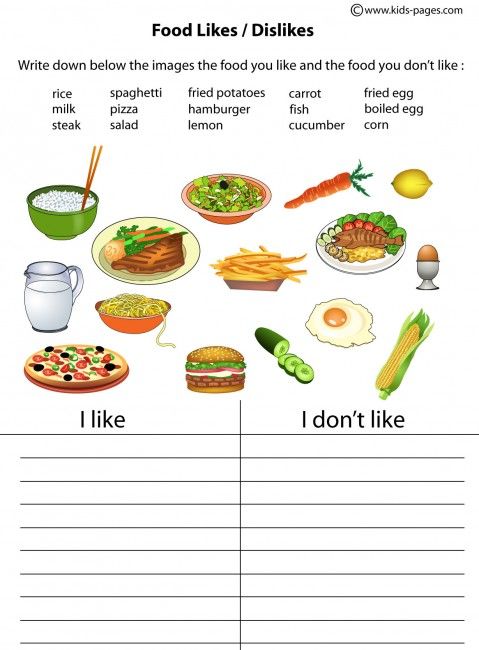 The journey itself was 5 hours by car and the accommodations were Trailer Camping with a gas stove, several industrial sized coolers and a Fridge powered by ice blocks. There were no problems or issues encountered other than those that are typical when lacking all the creature comforts of home.
The journey itself was 5 hours by car and the accommodations were Trailer Camping with a gas stove, several industrial sized coolers and a Fridge powered by ice blocks. There were no problems or issues encountered other than those that are typical when lacking all the creature comforts of home.
Remember, always consult with your pediatrician regarding introducing solid foods to your baby and specifically discuss any foods that may pose allergy risks for your baby.
This site complies with the HONcode standard for trustworthy health information: verify here.
SHARE ON FACEBOOK SHARE ON PINTEREST
"Can he have a mango?". How and what to feed your baby while traveling
Traveling with a baby is a challenge. And the nutrition of a child on a trip is even more so. Should I give my child local fruits and vegetables? And take a supply of complementary foods with you? They tell in the FrutoNyanya blog.
The answers to these questions depend on a number of factors.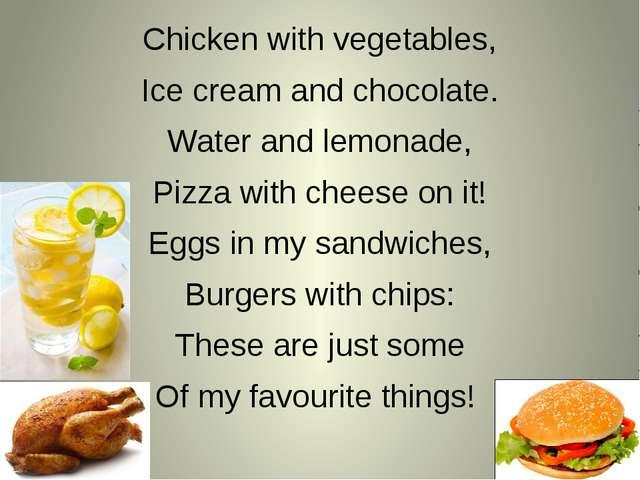 Therefore, when going on vacation, it is important to take into account the age of the child, his daily diet, as well as the place where the family goes on a trip.
Therefore, when going on vacation, it is important to take into account the age of the child, his daily diet, as well as the place where the family goes on a trip.
Infant food on the road
If the child is under six months old and is breastfed, then there should be no problems with nutrition during the trip. All he needs is his mother by his side. For convenience, you can stock up on various accessories for feeding in public places. For example, clothes with cutouts or nursing secrets, aprons or a muslin cape. Today, almost all airports in major cities and many shopping centers have mother and baby rooms where you can feed your baby.
It will be more difficult for parents of children on artificial and mixed feeding. It is important to understand whether it will be possible to replenish the supply of the mixture at the place of rest, so as not to take a large supply with you. If yes, you need to take with you the amount required for 24-hour feeding on the road, plus an additional 3-5 days of travel. This is necessary in case of delays and cancellations of flights or other transport delays.
This is necessary in case of delays and cancellations of flights or other transport delays.
Take a bottle and a travel sterilizer with you. It is most optimal to use the mixture in packages designed for one feeding; it is convenient to take such bags with you in your hand luggage. It is best to take on the road a new dry mix in a closed package. You can store and transport it at room temperature, it is important not to keep the package in the sun.
It is not recommended to take the prepared mixture with you, as it requires strict adherence to special storage rules:
- The container with the mixture must be sterilized;
- Preserve formula must not come into contact with the baby's saliva before. If part of the mixture remains after feeding, then it must be poured out. Such a product is not subject to storage;
- When storing the mixture, the temperature in the refrigerator should not exceed 5-7 °C.

Do not forget about clean bottled water in the amount necessary for the trip. Water "FrutoNyanya", designed specifically for children, is perfect for diluting infant formula. It does not require boiling, and bottles in 0.33 format are equipped with a special convenient spout that makes it easy to water a child on the road. At the resort, it is also better for formula-fed babies to dilute the formula with bottled water. It is important to ensure that the integrity of the cap and bottle is not broken, and that the bottle itself contains marks that the water is suitable for baby food.
Travel food for children aged 1+
Children under 1 year of age and older who have already started to introduce complementary foods into their diet should take a supply of familiar foods with them for the first time. It is undesirable to introduce a child to new products a few days before the trip and in the first days of the trip: this is fraught with indigestion or an allergic reaction.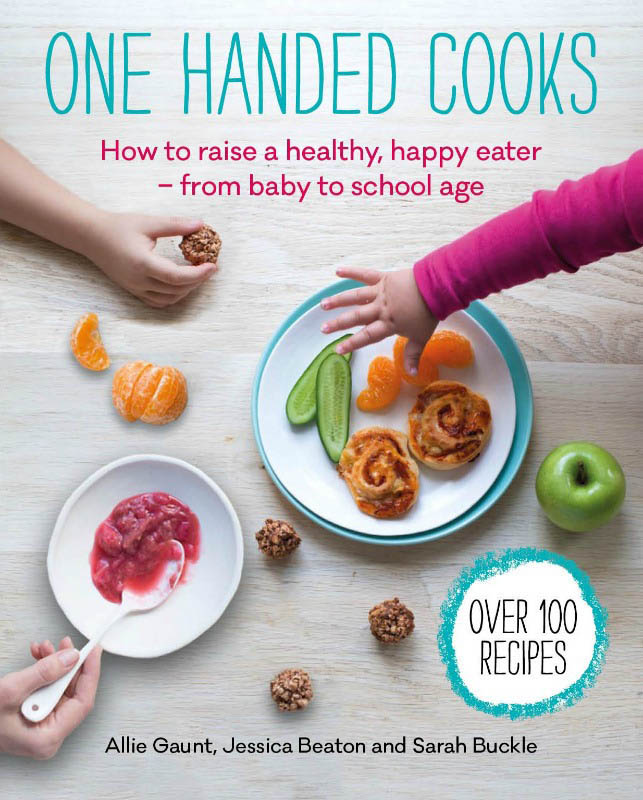
The most convenient food option for children under 3 years of age while traveling is prepared baby food. Industrial food is the safest for feeding on the go: thanks to the sealed packaging, germs will definitely not get into it until the lid is opened. In addition, manufacturers of baby food are required to carefully control the quality of products from shelf to counter. Mom and dad do not need to spend time cooking, you can enjoy the happy moments of family vacation.
Photo: Anna Nahabed / shutterstock / fotodomThe gastronomic preferences of children abroad can differ significantly from those we are used to: in some foreign countries it is difficult to find zucchini puree, so popular for the first feeding in Russia. It is important to strictly follow the rules for introducing new products in relation to unfamiliar components of foreign purees or local exotic fruits and vegetables.
For the first time, take with you foods that are already familiar to your child and that you are sure are safe: these can be dry cereals, baby cookies, vegetable, meat and fruit purees, as well as your favorite juices and drinks, depending on the age and diet of the child. For a snack by the sea or a walk, you can take healthy snacks without added sugar - bread, corn sticks, fruit pieces and other goodies that are produced by children's brands. Baby food can also be bought on the spot, but it is important to remember that acquaintance and transition to new products must be carried out gradually, over 3-5-7, and sometimes 10-14 days, based on the individual characteristics of your child's health.
For a snack by the sea or a walk, you can take healthy snacks without added sugar - bread, corn sticks, fruit pieces and other goodies that are produced by children's brands. Baby food can also be bought on the spot, but it is important to remember that acquaintance and transition to new products must be carried out gradually, over 3-5-7, and sometimes 10-14 days, based on the individual characteristics of your child's health.
Do not take with you when traveling and on the road:
- Dairy and sour-milk products that should be stored only in the refrigerator;
- Perishable goods;
- Products with expired or damaged packaging.
5 tips for parents who are thinking about how to organize their child's meals while traveling:
- Think through all the issues with feeding and feeding the child in advance. Try to plan your life in advance, study local forums, ask acquaintances and friends who have already been with a child in this place what to look for.

- Check the availability of stores and children's products in another city, country, make sure you can buy the necessary products.
- Take your usual baby food with you for the first few days to help your child adapt to the new environment. Don't forget to buy baby water for the trip.
- Buy and take with you products in convenient packaging, observe storage conditions and tightness.
- Observe the diet. When traveling, there is a great temptation to unscheduled snacks, changing the usual schedule and getting to know new food. It is important for parents to maintain the regimen and healthy eating habits of children while traveling and take care of a healthy and safe diet
Cover photo: Halfpoint / shutterstock / fotodom
Travel baby food.
After talking with a friend today, I decided it was time to write a post about baby food while traveling. It is in travel mode, without the ability to cook yourself.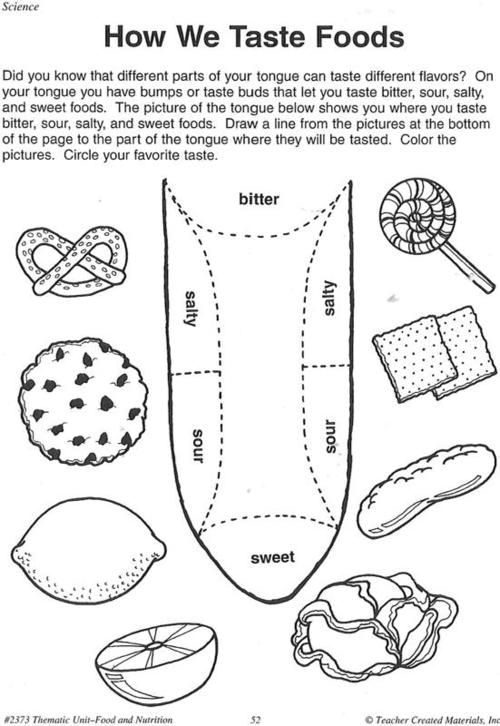
Before each trip, I prepare according to approximately the same scenario:
I am trying to get the full ration of the child for at least two days and top it off with jars of ready-made food Gerber (chicken with vegetables, etc.), dry baby cereals, non-perishable curds Gerber and cookies and other things.. Any mother will understand me :)
However, in reality, everything is not so scary! (of course, if you are not going to remote Africa or New Guinea , where it is difficult to feed yourself normally)))
Usually all these cans and cereals are either thrown away or come back home.
With a child under the age of on breastfeeding, there are no problems with nutrition in those countries in which we have been. Everywhere in addition to natural feeding you can find canned food . The exception, perhaps, is Japan , here finding baby food was a bit of a problem, and if you find it, it’s not clear what to take, everything is in hieroglyphs and without pictures, well, or a picture of a baby) Although at the end of the trip I found a miracle bags of ready-made food and I thought how would I be without them at Russia ? On these bags, an animal is clearly drawn, the meat of which is mixed with rice inside.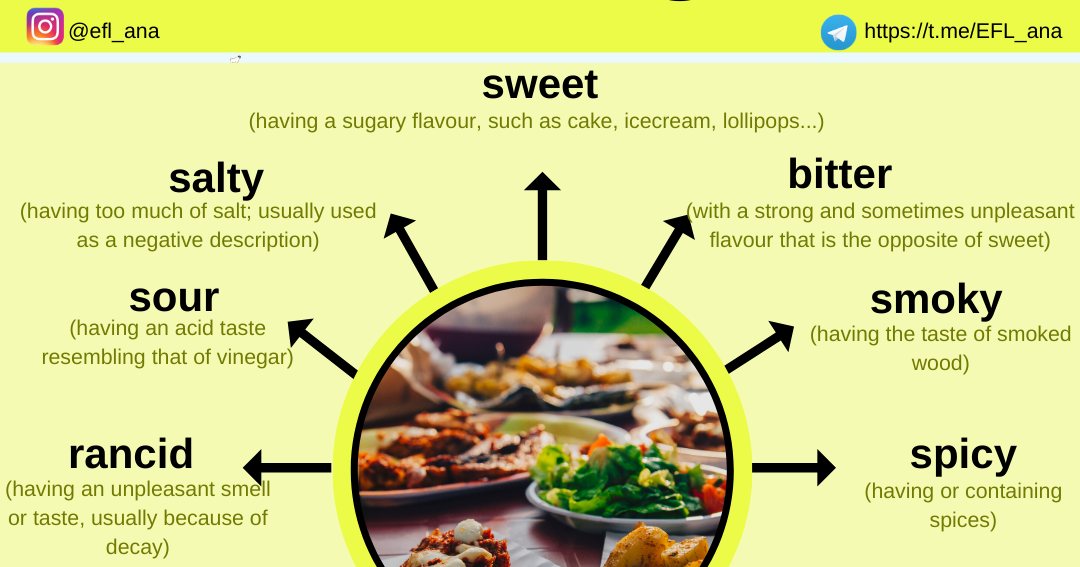 The taste is very tasty and juicy rice porridge with meat / fish, you do not need to store it in the refrigerator. The packaging is similar to the one for whiskas food :) - soft plastic bags. I saw the same ones in South Korea.
The taste is very tasty and juicy rice porridge with meat / fish, you do not need to store it in the refrigerator. The packaging is similar to the one for whiskas food :) - soft plastic bags. I saw the same ones in South Korea.
From a year to 1.5 years is more difficult , because the child is already almost completely switching to normal food, but still cannot really chew and it is desirable to exclude everything fried and not healthy.
Here you definitely need instant porridge in the morning, you can buy this in any country and Japan is no exception. The only thing that is still worth taking from Russia is children's buckwheat porridge , because. they are not found abroad. I bred such porridge in the hotel restaurant for breakfast and fed Vlada perfectly. Also, porridge can help out if there is no opportunity or time (we hurry to the train) to feed during the day. You can dilute it even in a car, even on an airplane, even on a train.
With main course , it’s like that – it’s unlikely that you will be blending soups separately (if you don’t travel on a cruise or eat in very expensive restaurants), and it’s not clear what is mixed in mashed soups. We solved the problem simply - mashed potatoes (mashed potatoes) and soft varieties of fish (salmon, halibut, etc.). To include vegetables and fruits in the diet, she gave jars of Gerber with color. cabbage, broccoli, etc.
About cottage cheese : there is no children's cottage cheese abroad! But it is perfectly replaced by soft cheeses, such as mozzarella , natural yoghurts .
About milk : there is plenty of milk everywhere. But I took cans of powdered baby milk Similac by age and Vlada drank it with pleasure. There were no problems with such milk either.
Feeding 2 year old is even easier! In Europe :) Most cafes and restaurants have Kids menu , but it almost always consists of french fries and some fried chicken fingers. But there are also more sane options with bolognese pasta, grilled chicken fillet and boiled vegetables. Usually the children's menu costs 6-10 euros.
But there are also more sane options with bolognese pasta, grilled chicken fillet and boiled vegetables. Usually the children's menu costs 6-10 euros.
If there is nothing similar in the children's menu, then we choose from the main one, mostly the same fish, chicken. Our favorite cutlets, chicken broths are often not available in Europe , or we were so lucky. An excellent option for the second can be paella, risotto.
If Vlada is sleeping and it's time for lunch, then we take her a portion to take away and she eats when she wakes up :) She never refuses dessert in the form of creme brulee, flan, cheesecake.
In Europe a variety of cheeses , especially our favorite camembert , or soft goat cheeses, and natural yoghurts. It is also not difficult to find baby milk in convenient 200 ml packs that do not require refrigeration. I found this for children 1-3 years old.
In addition to milk, I always have fruit puree and cookies in my bag in case of a snack.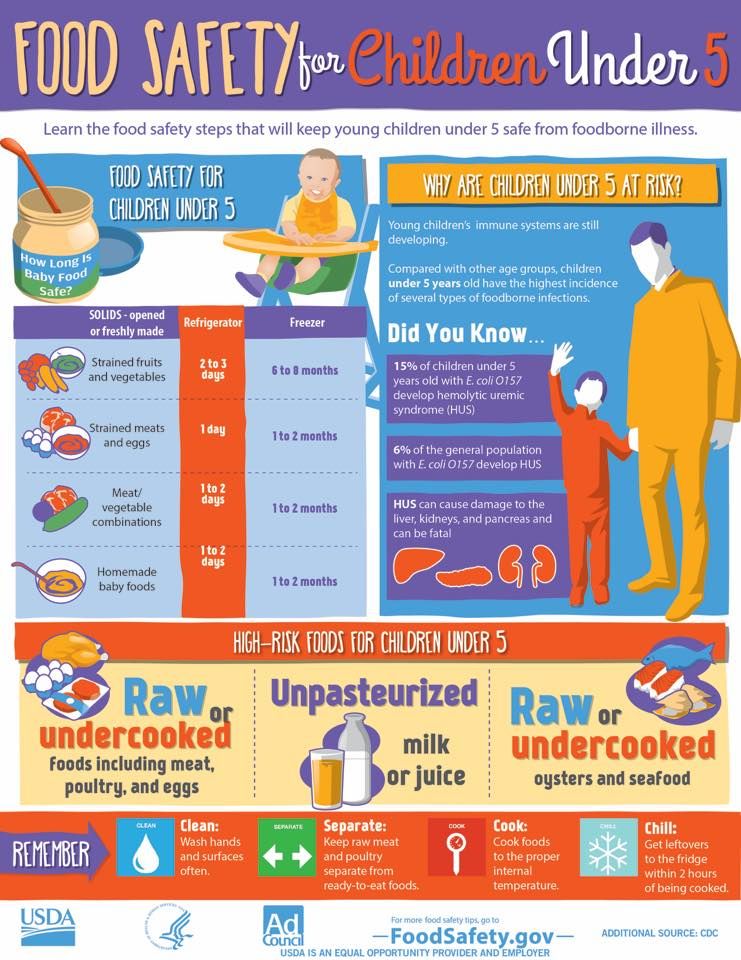
Here with porridge it is more difficult for a 2-year-old child, because you can’t get it out of the package anymore, and breakfast in hotels is mostly corn flakes with milk. In principle, at first we ate like this in the morning, plus a sandwich with butter and cheese, plus an egg or scrambled eggs, but in the end I wanted normal porridge for Vlada.
And we bought tiles! Let me tell you right now, this is not an option! Firstly, you need to drag her into the room every time, and secondly, if you need to quickly get ready in the morning, then I need to get up very early, get ready myself, cook and cool the porridge, then collect Vlad and all things. In short, it is very inconvenient!
And finally, in one of the hotels (4 or 5 *), among the cereals for milk, I found small oatmeal, which Europeans simply fill with cold milk, very similar to our Nordic . I tried to cook them for 3 minutes in the microwave, then added oil and voila! Delicious oatmeal is ready! Later I found these flakes in the supermarket, in the muesli section.

